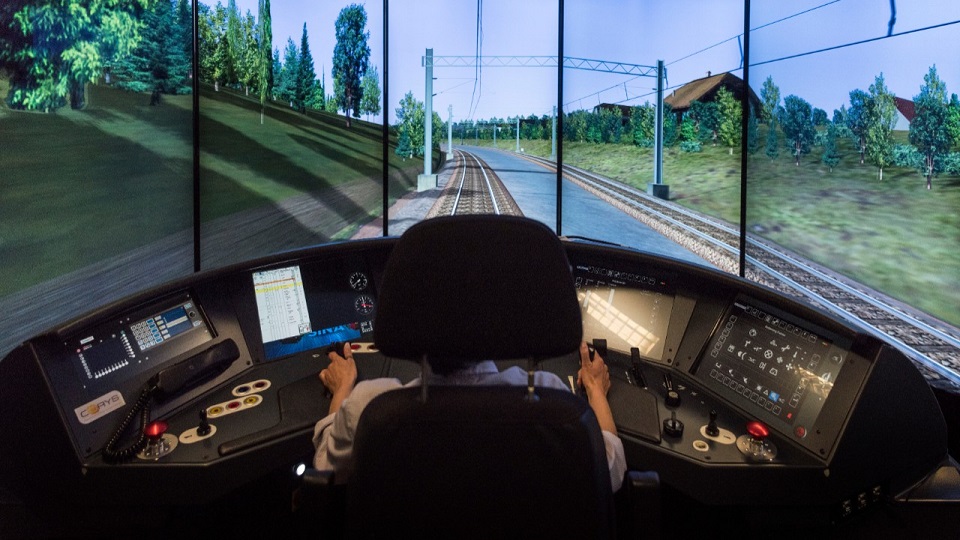‘Humans are Achilles heel in rail sector’

To implement more innovative and digital solutions is the urgent goal for the rail sector in the near future. This will allow the industry to solve two key problems: reduce the number of delays and accidents as well as the lack of train drivers. Such opinion was expressed by Elen Katz, Founder and CEO of the Israel-based start-up RailVision.
Delays and accidents on the railway network are often caused by the human factor. The latter is being provoked by the imperfection of human beings. Thus, a train driver has limited options for visibility. According to Mr Katz, a healthy train driver can see around 200 meters in daylight and good visibility, and around 80 meters at night with spotlights. At the same time, a train requires at least half a kilometre to stop in case of spotting any obstacle. This figure is boosted up to four kilometres with the growth of speed that also reduces the chances of a train to stop in time. “This small calculation illustrates that humans are, in many cases, the Achilles heel in the rail sector,” said Elen Katz in an interview to the corporate magazine of Knorr-Bremse.
Radars and sensors
However, the limited capabilities of the eyesight can be solved with technology solutions such as the real-time surroundings detection system developed by RailVision. It consists of video cameras, radars, laser technology and infrared devices with sensors. “We use high-resolution video cameras that see hazards alongside infrared devices that can “feel” obstacles based on temperature differences. This combination generates very vivid and informative images,” explained Elen Katz. These cameras provide a train driver with more exact information about track surroundings, do it more quickly compared to the human eyesight and cover the longer distances. Now, RailVision is working over the improvement the technology and its adaptation to the high-speed rail transportation. “We are putting all our available brainpower into this work,” noted CEO of the Israeli start-up.
Text continues below the picture.

SBB train simulator, source: SBB.
Lack of staff
Another key problem that forces the rail sector to introduce more digital solutions is the lack of railway workers in most segments of the rail sector. The question has become acute especially for the railway operators due to the lack of train drivers. “There are fewer and fewer railway workers,” said CEO of RailVision and listed impressive figures. According to him, Austrian Federal Railways (ÖBB) will have to fill 8,000 jobs in the next five years, 2,000 of which will be locomotive drivers. Another example is Switzerland where 750 train drivers will retire in the next few years. “There are virtually no applicants to replace them. In many cases, the young generation is no longer interested in working in this industry,” specified Elen Katz. Therefore, the Automatic Train Operation (ATO) is becoming a more and more popular theme for the rail sector.
RailVision
RailVision was established in 2014. The company is focused on developing cutting-edge cognitive vision sensor technology and safety systems for the railway industry. It is a promising field in terms of implementing ATO. In March 2019 the Israeli start-up has entered into a strategic partnership with German technology company Knorr-Bremse.
Implementation of Automatic Train Operation and digital solutions in the rail sector will be discussed during the Intelligent Rail Summit 2019. The event will take place in Paris, France, from 19 to 21 November. Its programme can be found here.
Also read:




